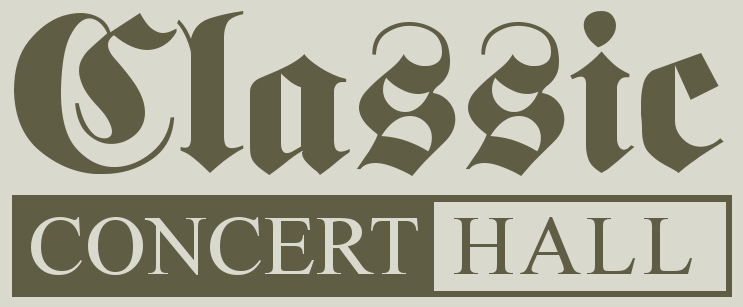| Description: | Sir Charles Villiers Stanford (30 September 1852 – 29 March 1924) was an Irish composer, music teacher, and conductor. Born to a well-off and highly musical family in Dublin, Stanford was educated at the University of Cambridge before studying music in Leipzig and Berlin. While still an undergraduate, Stanford was appointed organist of Trinity College, Cambridge. In 1882, aged 29, he was one of the founding professors of the Royal College of Music, where he taught composition for the rest of his life. From 1887 he was also Professor of Music at Cambridge. As a teacher, Stanford was sceptical about modernism, and based his instruction chiefly on classical principles as exemplified in the music of Brahms.
He composed a substantial number of concert works, including seven symphonies, but his best-remembered pieces are his choral works for church performance, chiefly composed in the Anglican tradition. He was a dedicated composer of opera, but none of his nine completed operas has endured in the general repertory. Some critics regarded Stanford, together with Hubert Parry and Alexander Mackenzie, as responsible for a renaissance in music from the British Isles.
His choral works, along with his organ works, to a somewhat lesser degree, remain highly significant in the music lists of countless cathedrals and churches.
"Six Short Preludes and Postludes, Op. 101" were published by Stainer & Bell in 1907. These six pieces comprise the "First Set" (There is a "Second Set" also of 6.
The 2nd, "Allegro non troppo e pesante" and 3rd, "Allegro non troppo" are often "paired together, making a 3-part "A-B-A" piece.
The outer sections comprise a brisk and serious fantasia, with tremendous energy and dramatic drive. There is a strong Germanic influence here.
The central section is much lighter, with a delightfully "ticking" pedal part, calling for light and agile playing.
Please see the FIRST COMMENT for performance notes.
The score and a photo are attached below. |



